DIY Kits ForYoung 'Uns
Arvind Gupta makes toys from flotsam lying around the house, bringing the joy of science to kids. Here's 10 for them.

A botany-physics-art lesson, all in one go. Kids can make the most of the many, many shapes that leaves come in. Place them in novel ways and just watch the shapes emerge—it could be a cat, it could be an elephant—the possibilities are endless.
The Acrobat
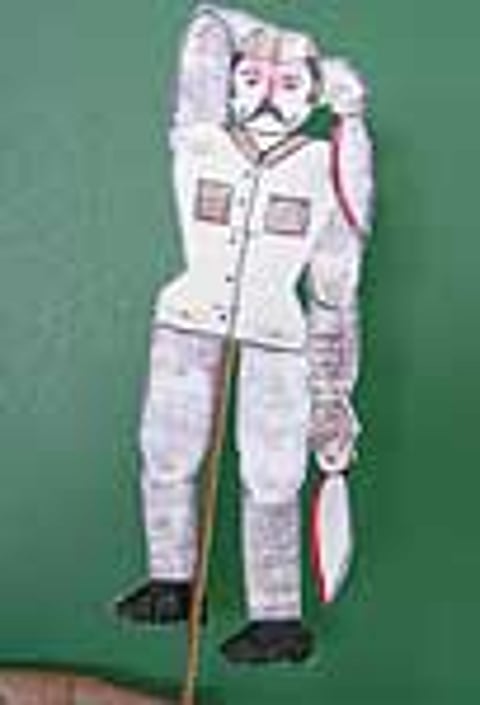
Here’s a fun way of demonstrating what centrifugal force (one of two forces needed to keep a moving body in circular motion) does. All it requires is a broomstick reed, some thick paper, scissors etc. As you spin the reed between finger and thumb, the hinged arms and legs of your paper acrobat will fly outwards—simply illustrating the principle.
Flapping Butterfly
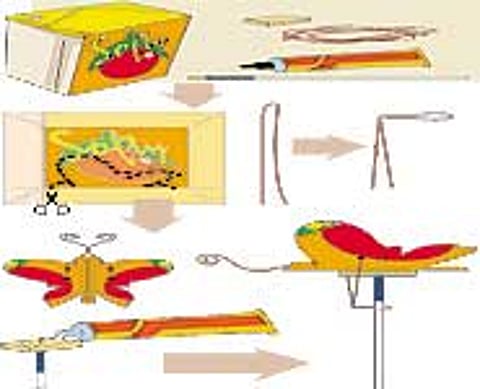
A used tetrapack carton, a used ballpoint refill, a small sliver from a used eraser, some adhesive and a bit of wire. All it takes to make a flapping butterfly—to teach kids what it takes to be a butterfly, the dynamics of insects in motion. Cut out a butterfly shape from the tetrapack, punch in two pairs of holes near the wings and one on the midrib. Pass the wire through the holes and weave the loop through the refill that’s fitted with the bit of rubber to the paper butterfly. Bend and press the wire ends, sliding the wire loop up and down makes the butterfly flap its wings.

Coke Can Aeroplane
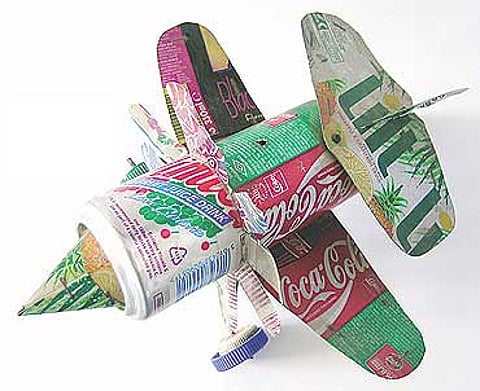
No big science principle here, just the fun of making a model, that too from old fizz drink cans and other such. Since we anyway live in a society that produces sufficient junk, this could be more than just fun. Old cans can be cut, stapled and assembled—here to make an aeroplane. But there’s a lot else kids can do with trash like this—if they want to go beyond the usual, boring stuff like pencil stands or flower pots that is!
Funny Money
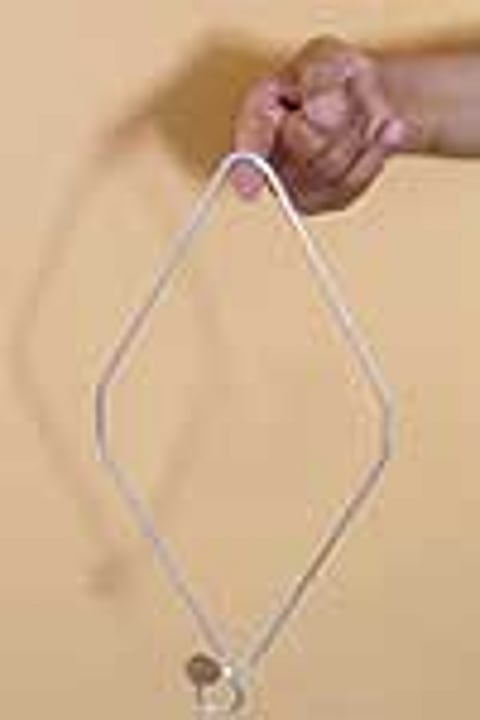
Another physics lesson—centripetal force (the main action force that allows any body to stay in circular motion). All it needs is a cloth hanger. Stretch it to a diamond shape, bend the hook slightly inwards. Insert a small rubber cap (such as those that come on vaccine vials or injection bottles). Place a coin on the rubber cap, and spin the hanger around as fast as possible. The coin will remain where it was placed—it is centripetal force that keeps it from flying outward.
Electric Motor

A standard torch battery, some enamelled copper wire and some adhesive tape—all it takes to make a simple, but real, functional DC motor for kids. And everybody loves a good motor! One jutting end of the insulated copper coil (26 gauge, 1-metre) is totally scraped (all shiny copper). The other end has only three sides (top, left and right) scraped off, with its bottom end still left intact with insulation. This acts as a rudimentary on-off switch and it’s a working motor.
Fevi ‘Bond’

Remember Tin Soldier? Used aluminum tubes can be cut, bent and shaped into a whole array of figures—one may just be skipping along, you can make another read a book or kick a football or just about anything. It’s about letting kids have fun with waste material, but also about getting them to stretch their imagination, conjuring up as many kinds of figures they can think of, doing as many funny things as possible.
Matchstick Mechano

Of course, we’ve always known you can do great things with matchsticks. But teaching kids about complex figures—even tetrahedrons and octahedrons—using the same stuff can be fun. Using bits of cycle valve tube (for Rs 15 you can buy a 50-foot length of valve tube) and matchsticks, children can make an array of two- and three-dimensional models, and explore the world of structures.
Balloon Pump
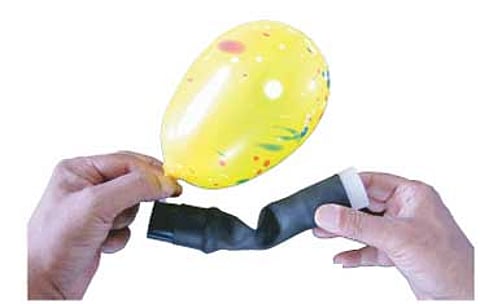
It’s a real pump, you can even keep it in a glass of water to check. Two film cans go snugly in at the two ends of a 15-cm long bicycletube. Both the film cans have simply hinged flap valves made from stickytape. You can inflate and pop a balloon with this simple, no-cost pump, and teach children the principle of a pump.
The Perplexing Pencil
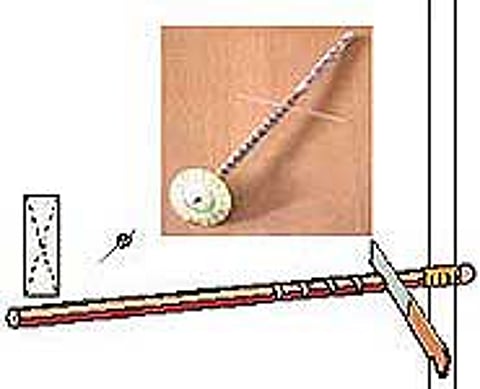
A physics lesson on vibrations. When the notched pencil is rubbed with a ballpen refill, the fan rotates, because of vibrations. This toy looks simple but incorporates non-trivial physics. It has been a darling of physicists for over a 100 years. Several learned papers have been written to explain its working.